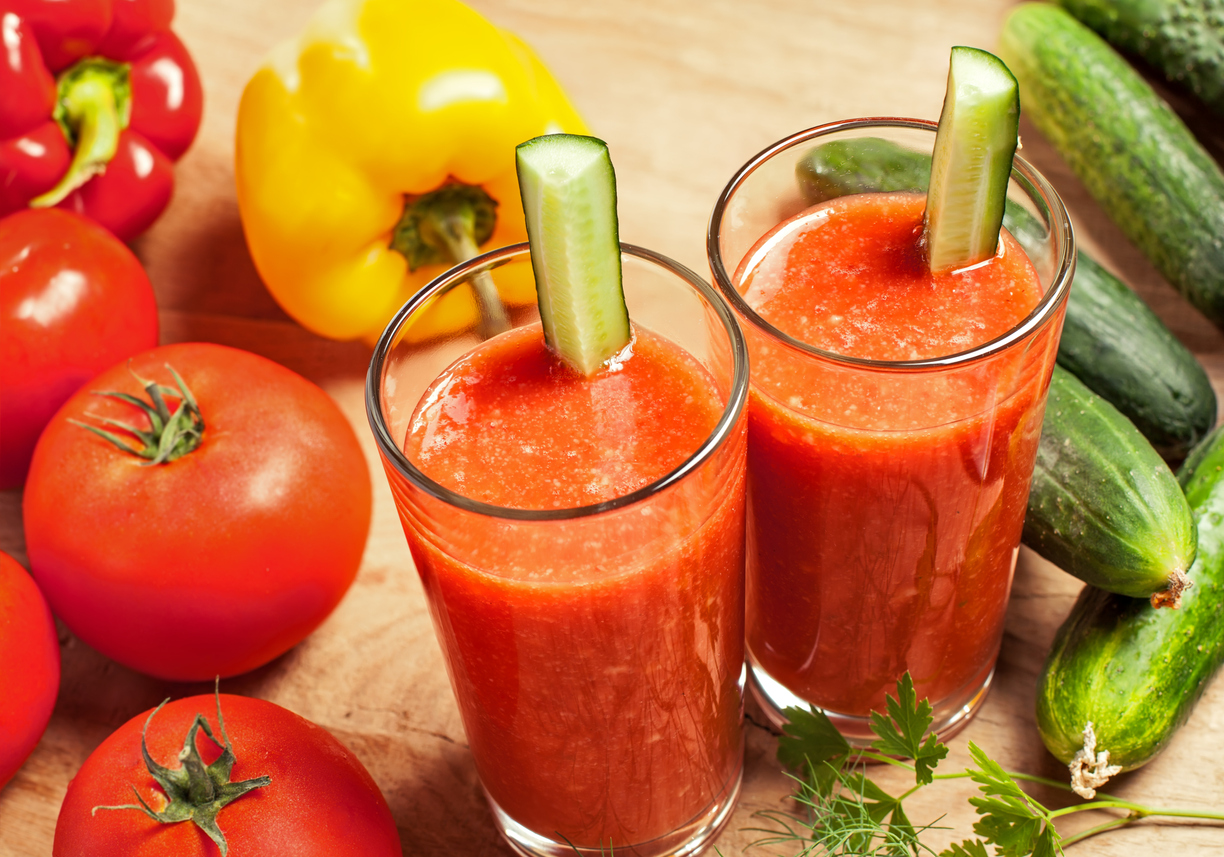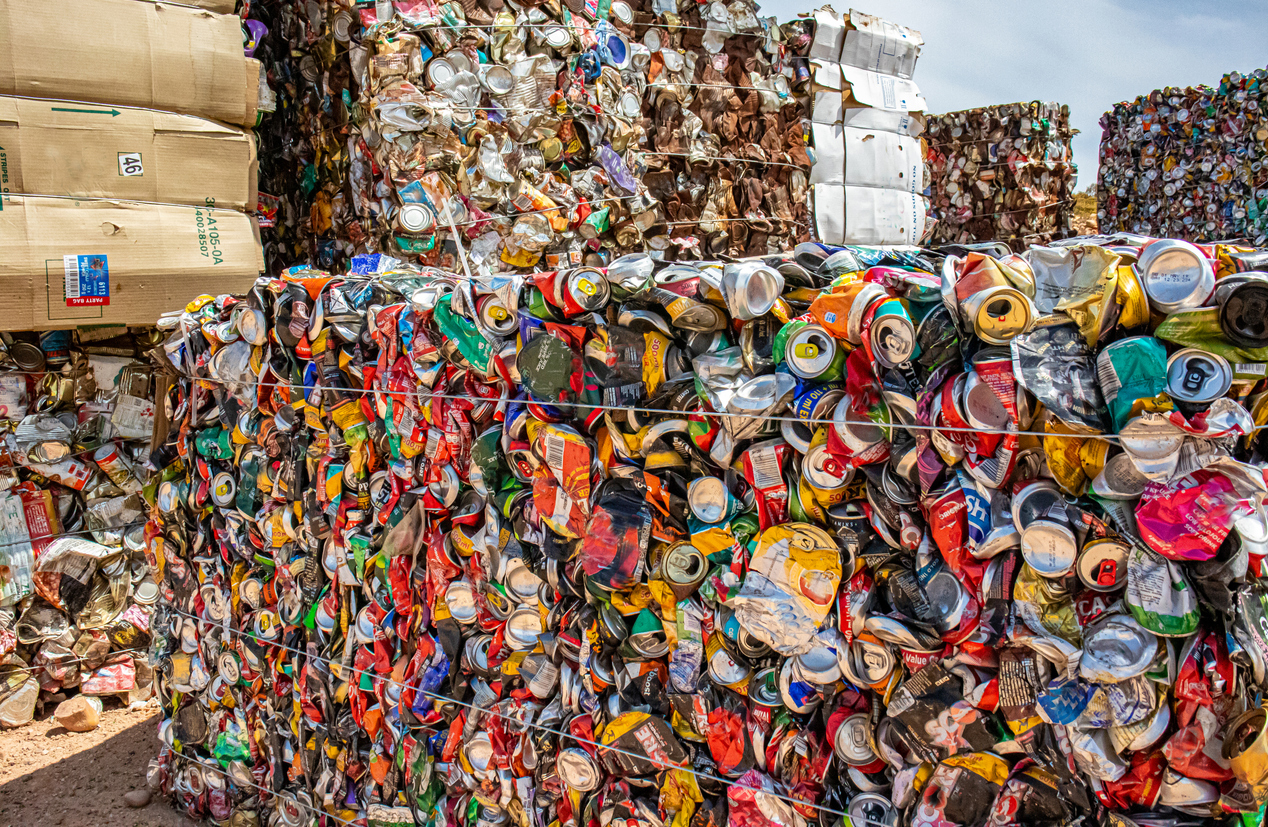A Comprehensive Guide to Buying and Exporting Vegetable Saps from Rwanda
A Comprehensive Guide to Buying and Exporting Vegetable Saps from Rwanda
Rwanda is a small country located in East Africa, known for its incredible biodiversity and diverse ecosystems. As part of its unique natural flora, it is home to a variety of vegetable saps. For those looking to buy and export vegetable saps from Rwanda, this guide will provide an in-depth overview of the process. From understanding the different types of vegetable saps available, to finding the right supplier and learning about the applicable laws and regulations, this guide will provide a comprehensive and informative overview of the process. Whether you are looking to buy for personal use or for the purpose of export, this guide will provide you with the tools and resources necessary to make your transaction as successful and hassle-free as possible.
Types of Vegetable Saps Available
The most common vegetable saps available are those from the African Manilkara tamarind tree, the East African Azadirachta tree, and the West African Garcinia tree. The Manilkara tamarind tree grows in a wide range of environments, from dry to humid tropical climates. The tamarind tree is generally short, growing to heights of about 20 feet. Its leaves are generally large, growing to lengths of up to 3 feet. Its flowers often grow in bunches and have reddish-brown coloration. Its fruits are generally red and have a sour taste. The tamarind is primarily grown for its edible fruit pulp, which is often used in desserts, drinks, sauces, and curries. The tamarind fruit is also a source of vegetable sap, which is often used in various skin care products. The Azadirachta tree is a beautiful, deciduous tree that can grow between 15-20 feet tall. It is a tropical tree that is generally grown in warm, humid climates. The leaves of this tree are generally long, thin and pointed at the ends. Its flowers are white and grow in clusters at the ends of the branches. The Azadirachta tree is primarily grown for its oil and gum. The gum is generally used for medicinal purposes, and the oil is commonly used in aromatherapy. The Azadirachta tree is also a source of vegetable sap, which is often used in skin care products. The Garcinia tree is a tropical evergreen that grows between 10-20 feet tall. This tree is generally grown in warm, humid climates. The leaves of this tree are generally large and shiny. Its flowers are usually white or yellow, and they grow in clusters at the ends of the branches. The Garcinia tree is primarily grown for its wood and fruit. The wood of this tree is commonly used in furniture and nails. The fruit of this tree is also known as a tamarind, and it is often used in Indian and Asian cuisine. The Garcinia tree is also a source of vegetable sap, which is often used in skin care products.
Finding the Right Supplier for Your Needs
The first step in the buying process is to find the right supplier for your needs. When choosing the supplier, it is important to consider both the selection and the quality of saps available from the supplier. Some suppliers may only offer a few saps, while others may offer a wide variety. Depending on your needs and preferences, you may want to choose a supplier that offers only a single type of sap, or you may want to choose a supplier that offers a wide range of saps from a variety of trees. When finding a supplier, you should also take into account the quality of the saps being offered. If you want to use saps for commercial purposes, then you will want to find a supplier that offers high-quality saps. Some suppliers may offer saps of varying quality, so you should take this into account when selecting a supplier.
Understanding the Laws and Regulations Applicable to Buying and Exporting Vegetable Saps from Rwanda
Before buying and exporting vegetable saps from Rwanda, it is important to understand the laws and regulations applicable to the transaction. Buying saps is generally legal in Rwanda, but exporting saps may be subject to certain laws and regulations. Depending on the type of sap you are buying and the intended end use, you may need a special permit or license to export it from Rwanda. Before making any purchases, you should consult a reliable source for information about the applicable laws and regulations. You should also make sure that the supplier is aware of the applicable laws and regulations, and that both you and the supplier are in compliance with any applicable laws and regulations. Before signing any contracts or making any payments, make sure that all of the necessary documents have been provided, and that they are in order. Always read and understand any documents that you sign, and make sure that all of the details match your expectations.
Preparing for the Transaction
Before making the decision to buy vegetable saps from Rwanda, you should take some time to prepare for the transaction. The first thing you should do is decide which saps you want to buy. Depending on your needs, you may want to buy only a single type of sap, or you may want to buy a variety of saps from several different trees. You may also want to consider the quality of the saps that are being offered and how they will be used. Once you have decided which saps you want to buy, you should contact a few potential suppliers and ask for a quote. Based on the quotes you receive, you can decide which supplier is best for your needs, and you can begin negotiating the price. When negotiating the price, you should take into account the quality of the saps being offered, the supplier’s terms of payment, and any additional fees that will be associated with the transaction.
Negotiating Prices and Payment Methods
Once you have selected the saps you want to buy and the supplier you want to do business with, you can begin negotiating prices and payment methods. Depending on the terms of the supplier’s offer, you may have the option of paying in full, or you may need to make a down payment followed by a series of partial payments as the sap is being produced. You should inform the supplier of the terms that you are willing to accept, and you should be flexible and open to negotiate. In addition to negotiating the price, you should also consider how you want to make the payment. Depending on the supplier’s terms of payment, you may be able to pay with an international bank transfer or a cash payment. You should discuss your payment preferences with the supplier, and you should make sure that both parties are in compliance with any applicable laws and regulations.
Shipping and Storage Requirements
Vegetable saps are generally shipped as liquid shipments in plastic containers. When choosing the appropriate shipping method, you should consider both the volume of the shipment and the type of sap being shipped. You should also make sure that the sap being shipped is properly labeled. This will help to avoid any issues with Customs and other government agencies. When shipping vegetable saps from Rwanda, you should make sure that they are stored in a cool and dry place until they are ready for shipping. If you are storing the saps at your facility, you should make sure that they are stored in a cool and dry place, away from any direct sunlight. You should also make sure that the saps are stored in a way that will prevent them from being contaminated. During the storage period, you should regularly inspect the saps to make sure that they are being stored properly – and that they have not spoiled.
Resources for Further Information and Assistance
If you are interested in buying and exporting vegetable saps from Rwanda, you should visit the website of the Rwanda Development Board, which is the country’s primary investment promotion and assistance agency. There you can find detailed information about the various agricultural products available, including vegetable saps. You can also find information about the laws and regulations applicable to buying and selling agricultural products, and you can find contact information for a wide variety of suppliers.








LEAVE A COMMENT
You must be logged in to post a comment.